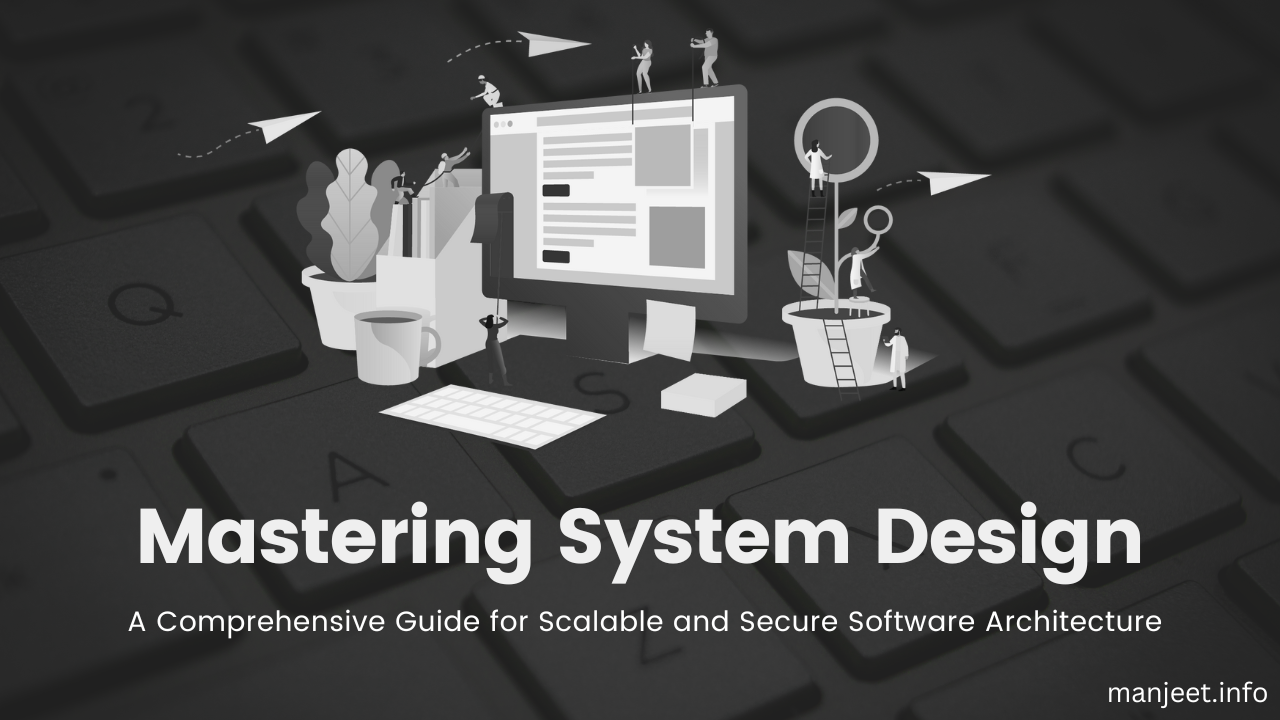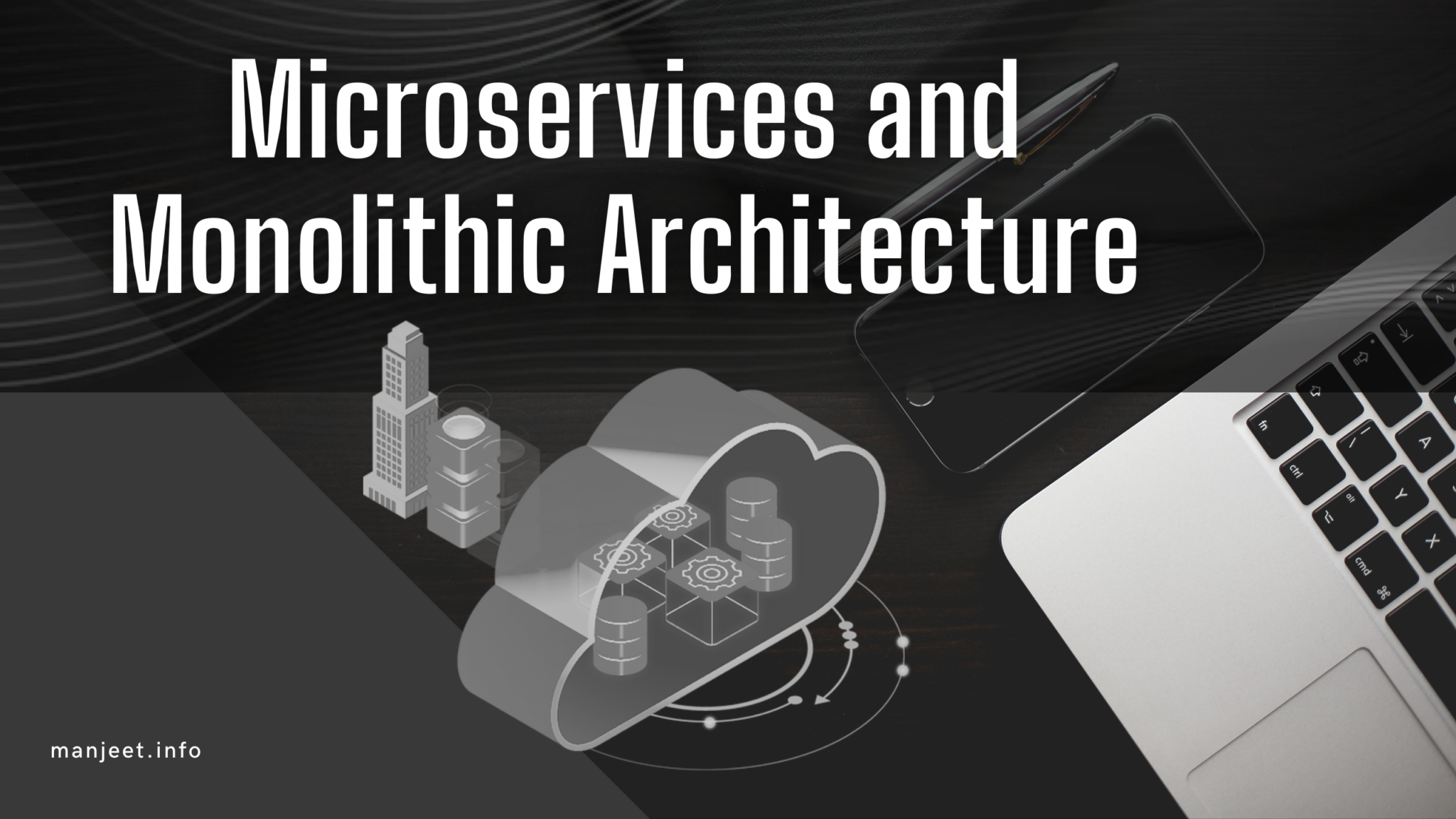In today’s digital age, website speed and performance are critical factors that can affect your website’s success. One technology that can help improve your website’s speed and performance is a Content Delivery Network (CDN). In this blog post, we’ll explain what a CDN is and how it works.
What is a CDN?
A CDN is a network of servers located in various geographical locations around the world. CDN providers have data centers located in strategic locations to ensure that users can access your website’s content as quickly as possible, regardless of their location.
A CDN works by caching static website content, such as images, videos, and other files, on its servers, and then delivering them to users from the server that is closest to their location. This reduces the distance that the content has to travel, resulting in faster loading times and a better user experience.
When a user visits your website, their browser sends a request to your server to retrieve the website’s content. With a traditional hosting setup, the server sends the entire website’s content to the user’s browser, regardless of their location. This can result in slower loading times and a poor user experience, especially for users who are far away from the server.
How does a CDN work?
Here’s a step-by-step explanation of how a CDN works:
- User requests website content: When a user requests website content, such as an image or a video, their request is directed to the nearest server in the CDN.
- Server checks for content: The server checks if it has a copy of the content in its cache.
- Server delivers content: If the server has a copy of the content in its cache, it delivers it to the user. If it doesn’t, it requests the content from the origin server, caches it, and delivers it to the user.
- Content is cached: Once the content is cached on the CDN’s server, it stays there until its cache expires or until it is updated on the origin server.
Let’s say your website is hosted on a server in New York, but a user from Australia wants to access your website. Without a CDN, the user’s request would have to travel all the way from Australia to New York, resulting in slower loading times and a poor user experience. With a CDN, however, your website’s content is cached on a server in Australia. When the user visits your website, the CDN automatically routes their request to the server in Australia, which delivers the cached content to the user’s browser. This results in faster loading times and a better user experience for the user.
Benefits of using a CDN
Using a CDN has several benefits, including:
- Faster website loading times: By caching your website’s content on multiple servers around the world, a CDN can significantly reduce the time it takes to load your website’s content.
- Improved user experience: Faster loading times and reduced latency result in a better user experience, which can increase user engagement and conversions.
- Better website availability: A CDN can help ensure that your website is always available, even during high traffic spikes or server outages.
- Improved website security: Some CDNs offer security features, such as DDoS protection and SSL/TLS encryption, which can help protect your website from attacks and data breaches.
In conclusion, a CDN is a network of geographically distributed servers that work together to deliver web content to users based on their location. By caching your website’s content on multiple servers, a CDN can significantly reduce loading times and improve user experience. CDNs can also offer additional features, such as security and scalability, that can help improve your website’s overall performance and availability.







